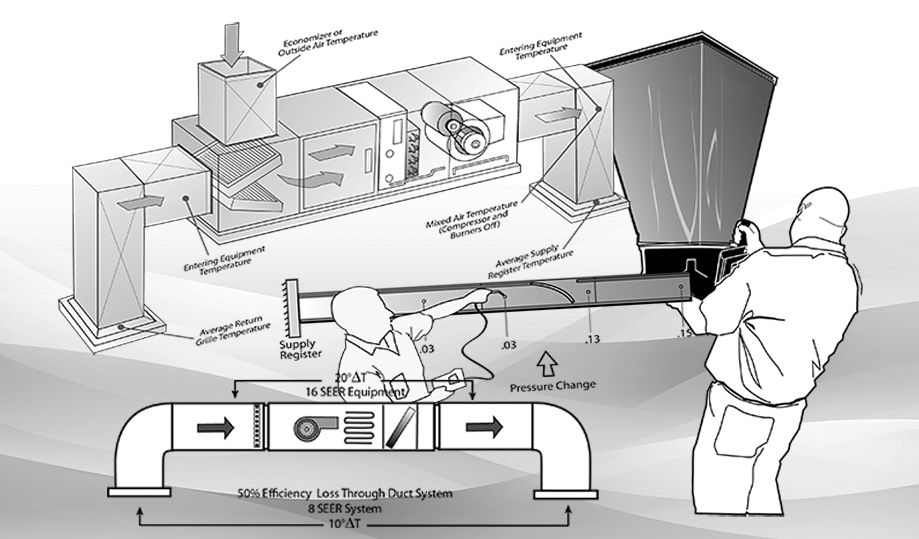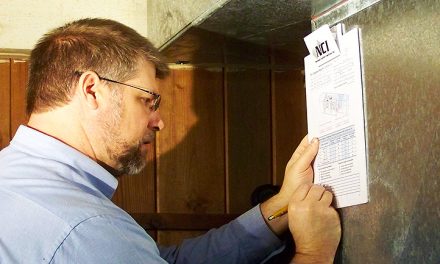An Air Diagnostic Progression
Troubleshooting comfort problems can be tough. I hope these air diagnostic tests help you eliminate potential
suspects and pinpoint overlooked causes.
While I used examples of single situations in this article, you can apply them to much more than one installation scenario or mode of operation. You’ll notice the tests started with pressure, moved to airflow, and finished with temperature. These are all tests you can learn with a little practice on your own home or office systems.
We have a responsibility to make sure a comfort problem isn’t the result of an HVAC issue and if it is to test, diagnose, and repair it. However, sometimes the problem is outside the scope of an HVAC system, so you need to know where to look.
This requires an air diagnostic progression and understanding of building science principles. While this isn’t something many HVAC professionals will do daily, the knowledge is critical to understand how an HVAC system keeps your customers comfortable.
Your HVAC airflow diagnostics may need to shift to building airflow diagnostics. The room pressure test we covered in this article is the first step towards this progression. It causes you to look at the HVAC system from another perspective. Blower door testing is another natural progression.
Depending on the situation, you may need to be paid an additional fee for these tests. After all, they are specialized. You’ll have to decide how much you give away or charge based on the situation and customer relationship.
If it’s a new installation or long-time customer, you might choose to offer the testing as a goodwill offering and relationship builder.
However you choose to progress, remember to keep things simple and educate your customers in a way that’s easy to understand.













Recent Comments